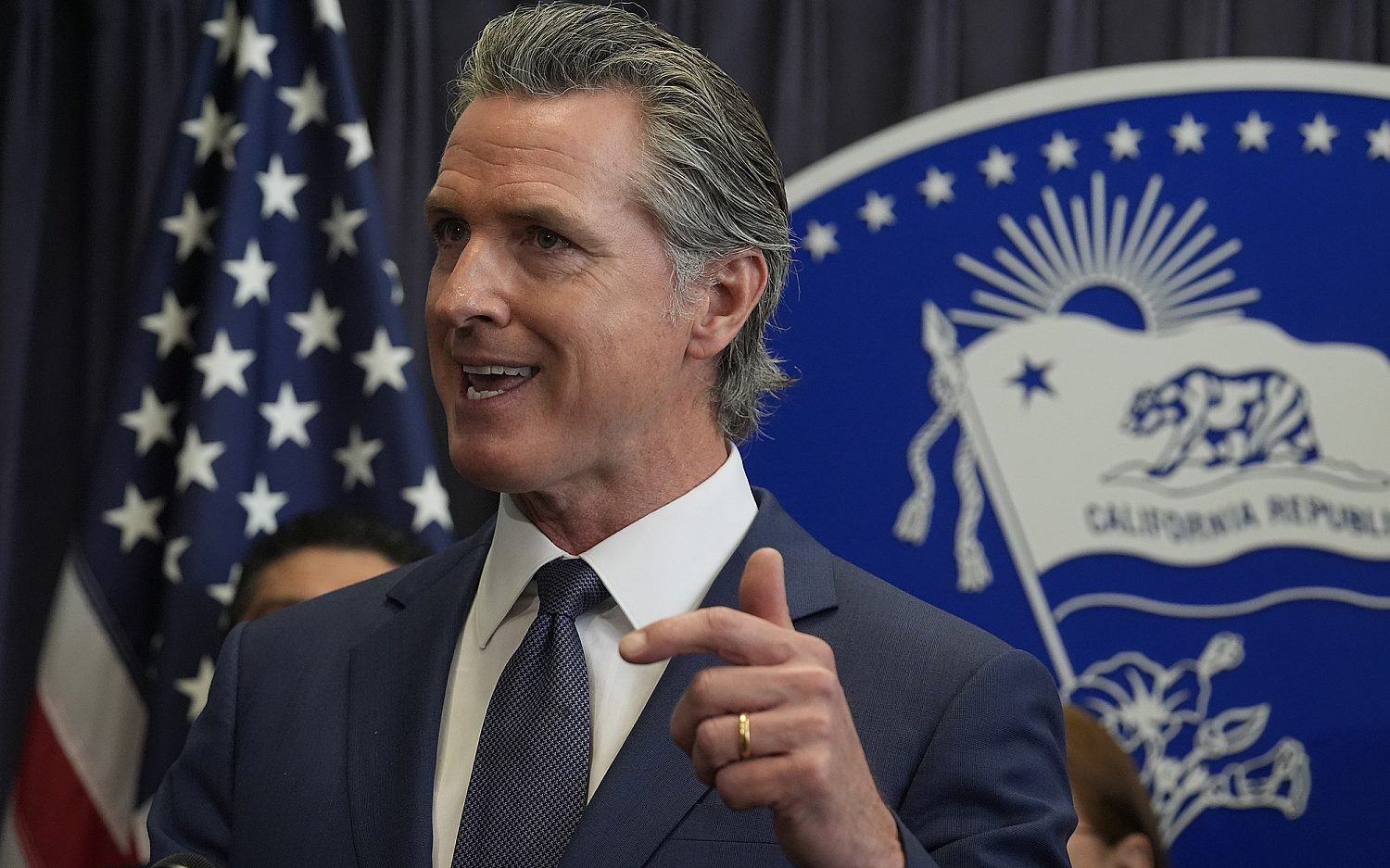That I may serve
Virginia Tech students build a bridge and share the Gospel in Haiti
Bryan Cloyd was visiting churches in the rural Central Plateau of Haiti in June 2009 when he first saw the remote village of Ti Péligre. The small farming community was separated from neighboring towns by the Thomonde River, which villagers crossed at their own risk throughout the year. During the rainy seasons, which could last up to six months, villagers were forced to wade across the swollen river if they wanted to access markets, schools, and medical care. The perilous waters had claimed several lives.
Cloyd, a professor of accounting at Virginia Tech, decided to tackle the problem, returning to Virginia to get help. He approached several Virginia Tech civil engineering students about the project and went to Blacksburg Baptist Church and Blacksburg United Methodist Church to raise private contributions. Word of the project spread, and soon a group of seven Christian students at Virginia Tech were ready to take on the task of building a bridge across the river.
In November 2009, the group flew to Haiti to take preliminary design measurements. The group partnered with Bridges to Prosperity, a volunteer-based charity dedicated to building footbridges in impoverished regions across the world, using manuals provided by the organization to create a design and construction process.
"It was a learning experience for all of us to trust God's will in the completion of this project," said civil engineering student Matt Capelli. "There were many times when we realized that everything was out of our hands and we had to totally trust God's will that if He wanted the project to be completed, He would allow that to happen."
The Blacksburg churches worked with Legliz Baptist, a local church in Cange, Haiti, and its pastor, Leneus Joseph, who bought supplies and paid the laborers. The students paid for all their own travel expenses; Bridges to Prosperity donated the cable; and Partners in Health worked with the project members to ship supplies from the U.S. to Haiti.
Plans to have the bridge completed by spring 2010 were ended when Haiti was struck with a powerful earthquake on Jan. 12, 2010. The project was delayed for months as it was impossible to get the needed supplies into the country during the chaotic aftermath of the earthquake.
The delay allowed the project to grow. Cloyd and his associates set up the Haiti Intern Program at Virginia Tech which allowed Haitian university students whose schools were destroyed in the earthquake to come to the U.S. to finish their final thesis projects. James Paul, a student from the Quisqueya University in Port au Prince, adopted the bridge as his thesis project in fall 2010. Paul aided the Virginia Tech students with the calculations and design decisions, becoming an onsite supervising engineer during the construction phases.
Cloyd worked as a "facilitator" for the project, raising funds, answering questions, and working out problems. "As an educator, I wanted to give the students as much reign as they could possibly handle because they were learning a lot along the way," he said.
The Virginia Tech students flew out to Haiti for a third time during Thanksgiving break in 2010, placing the bridge anchors and confirming that all local officials were on board. A large crew of Haitian workers from the community had been hired to do the labor. Several students returned in December and stayed over Christmas to supervise construction.
By early March 2011, the 200 foot long bridge, suspended by steel cables anchored on either side of the river, was completed.
The bridge dedication took place on the first Sunday in March after the morning church service in the village. At the edge of the river, a large tent had been set up, and Virginia Tech students and people from the village made short speeches. Around 500 people from the community attended the ceremony and watched the local magistrate officially cut the ribbon.
"The kids, of course, were having a great time running back and forth across the bridge, just enjoying the fact that they had this bridge," Cloyd said. "And the old people, who had for their entire lives... waded through the water, were just tickled to death. It was just a joyous occasion."
With the bridge, medical services and markets are only a 15 minute walk away.
"Go ye therefore, and teach all nations..."
The construction of the bridge was the second project that Cloyd has worked on in Ti Péligre over the past two years; Cloyd has also worked with Baptist ministries to build a school in the village. Construction began in July 2009 and is still ongoing, although classes have met since October 2009 in the partially-completed building. Today, 352 Haitian students attend the school.
The school also serves as a church for the villagers, and Cloyd notes that since the projects began in 2009, church attendance has increased enormously. In June 2009, church meetings in small grass huts saw 20 to 30 people in attendance. By November of the same year, almost 600 people met within the walls of the partially-constructed schoolhouse. In February 2010, the church held a four day revival service where dozens of people were baptized.
A local minister said that after years of praying for a school and a bridge, God has answered the villagers' prayers.
"I wish you could open up my heart to see how happy I am inside, because I can't describe it," a villager attending the bridge dedication told the project members.
The Virginia Tech students were quick to give credit to the Haitian people who worked tirelessly to see the bridge completed.
"The work and faith of each of the Haitians involved is a testament to the true strength of the bridge, which lies not in the materials it was made out of, but in the unification of communities and the long-term relationships that came together with the common goal to serve others," Capelli said.
The members of the Ti Péligre project said that sharing God's love was the primary motive for their work. The students often spent Sunday sharing the Word and playing music or singing at church services, only to be back to work on the bridge on Monday morning.
"It's really easy, it seems to me, for people to put their ego in front of them instead of way behind them, and that kind of destroys the ministry," Cloyd said. "If it's about what we can do for your community, instead of what God can do for your community, it is entirely the wrong message."
"The world needs the Gospel, not bridges," Capelli said. "We hoped to bring the Gospel...to the people in Haiti and Virginia Tech in all that we built and in all the ways we served."
In the spring of 2010, Virginia Tech students founded Bridges to Prosperity at Virginia Tech (B2PVT), an organization aiming to advance economic prosperity and access to schools and medical care by building footbridges in third world communities. Members of the organization, including undergraduate students, graduate students and faculty advisors, are currently looking for a new project as they seek to fulfill the Virginia Tech motto of Ut Prosim ("That I May Serve"). Virginia Tech is the first school to start its own chapter of Bridges to Prosperity.
"I would encourage anybody to make the sacrifice it takes to be a part of a project of this nature," Capelli said. "My involvement in [this project] has changed my entire perspective on my education, what it means to serve others and serve God, and my purpose in my life. It's nearly impossible to be a part of a project like this and not walk away radically different."
Share your thoughts and like us on Facebook and Twitter today!
An actual newsletter worth subscribing to instead of just a collection of links. —Adam
Sign up to receive The Sift email newsletter each weekday morning for the latest headlines from WORLD’s breaking news team.




Please wait while we load the latest comments...
Comments
Please register, subscribe, or log in to comment on this article.